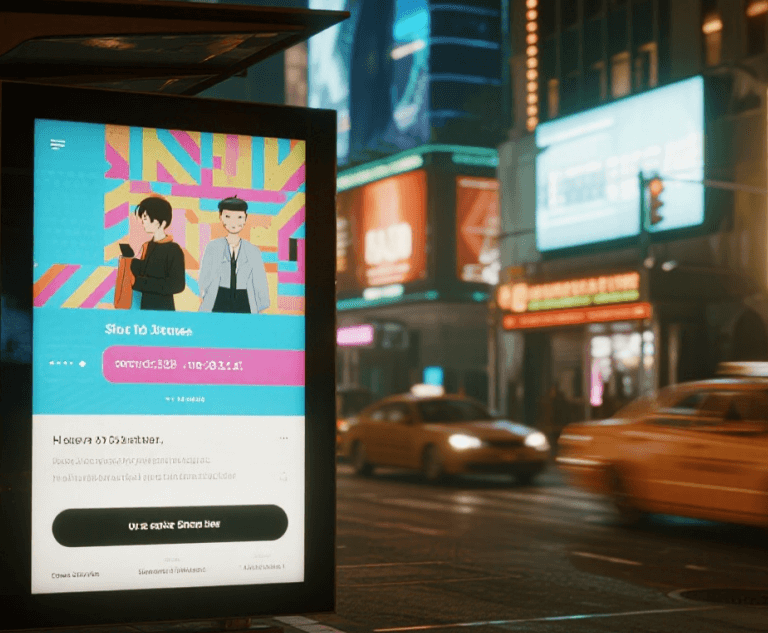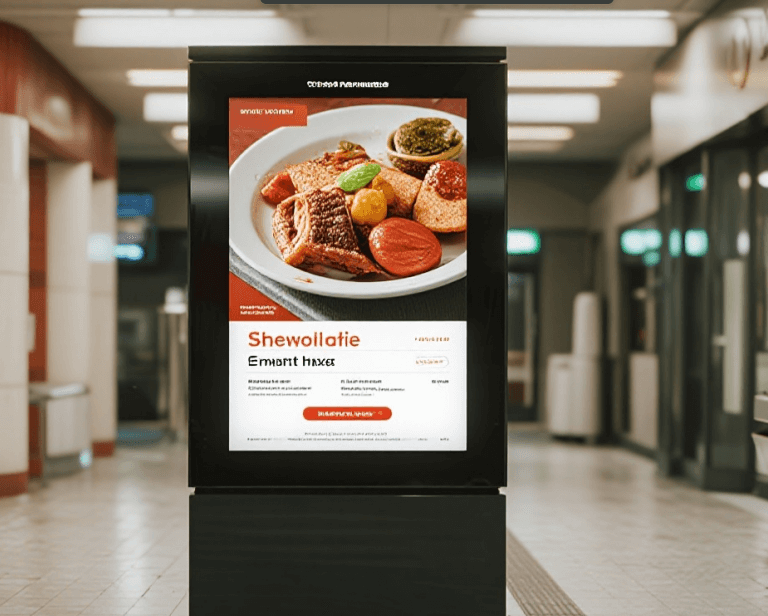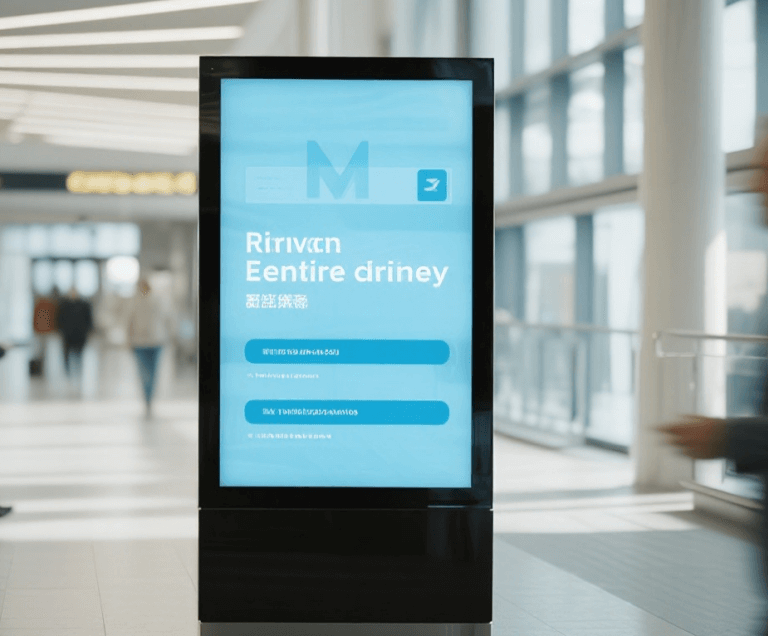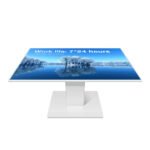Does a High-Quality Digital Signage Screen Matter for Your Business?
In today’s competitive commercial landscape, capturing customer attention is no longer a luxury—it’s a necessity. Businesses are constantly searching for innovative ways to communicate their brand message, and among the most effective tools is the digital signage screen. This technology has evolved far beyond a simple replacement for static posters. Today’s commercial displays are powerful, dynamic communication platforms that engage audiences, provide real-time information, and even offer interactive experiences. The quality, durability, and features of a display are not minor details; they are fundamental to the success of a digital signage deployment.
For businesses and organizations seeking to invest in a modern display solution, understanding the difference between a consumer television and a purpose-built digital signage screen is paramount. Commercial-grade screens are engineered for continuous operation, often 24/7, and are designed to withstand the rigors of public use. They feature enhanced brightness, wider viewing angles, and robust cooling systems to prevent overheating. Making the right choice ensures a long-term return on investment, while a poor choice can lead to frequent failures and a negative brand image. The value of a high-quality screen lies in its reliability and performance, providing a seamless and professional experience for your audience.

The Essential Features of a Commercial Digital Signage Screen
A digital signage screen is much more than just a monitor. Manufacturers build these displays with specific features to meet the unique demands of commercial environments.
Enhanced Durability and Longevity: Unlike displays made for residential use, commercial screens are built to last. They often incorporate industrial-grade components and a durable housing that protects against physical impact. The internal components are designed for extended, continuous use, which is a critical consideration for installations in retail stores, restaurants, and public transportation hubs. This longevity means less downtime and lower maintenance costs over the life of the product.
Superior Brightness and Clarity: Many digital signage applications are in brightly lit environments, like storefront windows or shopping malls. A standard consumer TV simply cannot compete with the high ambient light. A professional digital signage screen features significantly higher brightness levels, ensuring the content remains vibrant, clear, and easily readable even in direct sunlight. This is a non-negotiable feature for outdoor or semi-outdoor use.
Wider Viewing Angles: A consumer television is typically viewed from a direct angle in a living room. A digital signage screen, however, must be viewable from multiple angles, often by people moving through a space. Commercial displays are engineered with technology that ensures a wide viewing angle, preventing color shifting and maintaining image quality regardless of the viewer’s position.

Different Types of Digital Signage Screen Applications
The versatility of the digital signage screen has led to its adoption across a wide range of industries, each with specific needs.
Retail and Hospitality
In retail, a digital screen can transform the shopping experience. High-quality displays showcase products with stunning visuals, run targeted promotions, and provide dynamic information about sales and events. They can also be integrated with interactive elements, allowing customers to browse product catalogs or check inventory. In the hospitality sector, from hotel lobbies to restaurants, screens display menus, welcome messages, and event schedules, creating a modern and engaging atmosphere.
Corporate and Educational
For corporate environments, a digital signage screen serves as a vital communication tool. It can be used to display company news, performance metrics, and emergency alerts in break rooms or lobbies. In meeting rooms, it can function as a high-performance presentation screen or an interactive whiteboard for collaboration. In educational settings, screens provide campus maps, class schedules, and important announcements, creating a more dynamic and informative environment for students and faculty.
Outdoor and Interactive Kiosks
The demand for outdoor digital signage has created a need for displays that are weather-proof, dust-resistant, and can operate in extreme temperatures. These rugged screens are used for everything from bus stop schedules and outdoor advertising to event information boards. Furthermore, the integration of touch technology has made the digital signage screen the core of interactive kiosks, providing a powerful platform for wayfinding, self-service ordering, and information retrieval.
The choice to invest in a high-quality digital signage screen is a strategic decision for any forward-thinking business. It is a long-term investment in a technology that not only captures attention but also provides a powerful and flexible platform for communication and engagement. By understanding the key features and applications of these specialized displays, you can ensure your business leverages this technology to its fullest potential, providing a superior experience for your customers and employees.

FAQs About Digital Signage Screen
Q1: What’s the main difference between a TV and a digital signage screen? A: A digital signage screen is built for continuous, 24/7 commercial use, while a consumer TV is not. Commercial screens feature enhanced brightness, robust cooling, wider viewing angles, and durable components to withstand constant operation in a public setting.
Q2: Do I need a separate media player for a digital signage screen? A: Many modern commercial screens come with an integrated media player and a built-in operating system, allowing you to run content directly from the display without the need for an external device. This simplifies setup and reduces clutter.
Q3: Can a digital signage screen be used outdoors? A: Yes, but you must choose a screen specifically rated for outdoor use. These displays have weatherproof enclosures, enhanced brightness, and are designed to operate in a wide range of temperatures to ensure reliability in all weather conditions.




